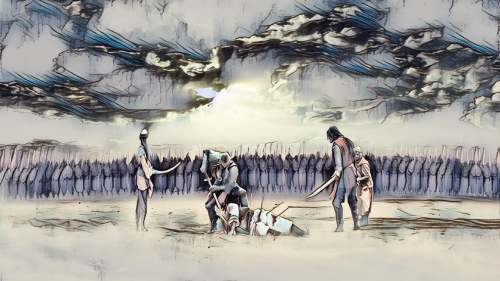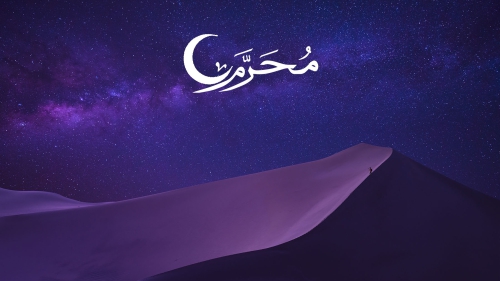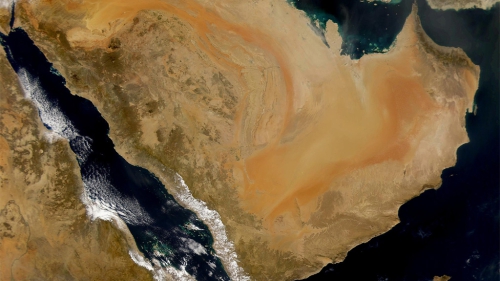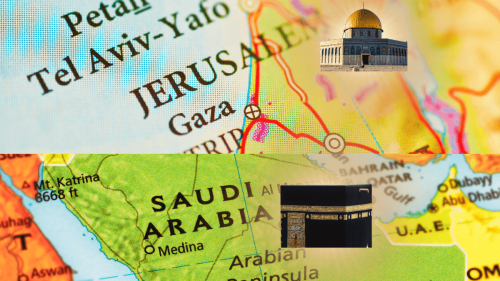Islam and Religious Thought

Efforts to reform Islam have a long history. We can distinguish a number of distinctive trends over the last hundred or so years.
The reformist movement started by Jamal al-Din al-Afghani, Mohammad Abduh and Rasheed Rida at the beginning of the twentieth century. The various reformist movements in India during the 1920s and 1930s, when the poet and philosopher, Muhammad Iqbal, was writing The Reconstruction of Religious Thought in Islam. The reformist trend of the 1970s and 1980s, when it was widely believed that we are riding on the crest of a revival in Islamic thought – thanks to the Iranian revolution and the emergence of new discourses such as ‘Islamization of knowledge’, ‘Islamic economics’ and ‘Islamic science’. Ostensibly, these trends followed the classic S curve: they took off, reached a peak and a plateau, and eventually fizzled out. Except they did not: they were reborn as new individual or collective trends.
The more recent trends of Islamic reform have emerged from preceding trends spreading well over a century. But unlike previous trends, which tended to be concerned with general issues of reform in political thought and aimed to ‘modernize’ Islam in some way, the current trends are much more focussed: for example, on reinterpretation of the Qur’an, gender issues, reformulating the Shariah, and to give the title of a recent book, Rethinking Reform in Higher Education. Given the nature of these trends, there are no statistics. But we can easily discern these trends because of the sheer intellectual and academic output or the transformations they have engendered in terms of policies, laws or political thought.
We can identify four distinctive sub-trends within an overall trend for reforming Islamic thought.
Perhaps the most prominent sub-trend revolves around re-interpretation of the Qur’an. There are now a plethora of books that argue for or offer new interpretations of the Qur’an: from ‘contemporary’ approaches to liberal and humanist perspectives (such as the late Nasr Abu Zaid’s Rethinking the Qur’an: Towards a Humanistic Hermeneutics), to the feminist angle (such as the works of Amina Wadud and Asma Barlas), to emphasising traditional women’s standpoint (as, for example, in the works of Zainab Al-Ghazali, Kariman Hamzah and Bint Al-Shati), to a whole range in between.
The second sub-trend is focussed on rethinking the Shariah, or more specifically maqasid al-Shariah, or the higher objectives of the Shariah – best exemplified by Jasser Auda’s Maqasid al-Shariah as Philosophy of Islamic Law, Adis Duderija’s Maqasid al-Shariah and the Contemporary Reformist Muslim Thought, and Gamal Eldin Attia’s Towards Realization of the Higher Intents of Islamic Law. A number of works that revisit work of classical jurists from the perspective of higher objectives, such as Ahmad Al-Raysuni’s Imam al-Shatibi’s Theory of the Higher Objectives and Intents of Islamic Law, are also part of this trend. But rethinking the Shariah has not been limited to academic tomes. The family life aspects of the Shariah have been radically transformed in Morocco. The new Moudawana, as it is called, has changed the traditional Shariah rules on marriage, divorce, inheritance, polygamy and child custody. The resulting family code establishes that women are equal partners in marriage, allows women to contract marriage without legal approval of a guardian, outlaws verbal divorce, allows women to claim alimony and the custody of the child, and raises the minimum age for women’s marriage from 15 to 18, the same as for men. In Indonesia, the ‘new Islamic intellectualism’ movement aims to separate the Shariah from the political realm; and argues that the higher objectives of the Shariah should be used to promote civic society and participatory and accountable governance, from the grassroots, with full participation of all members of society.
The third sub-trend is concentrated around critical readings as illustrated by the quarterly Critical Muslim, an intellectual and literary magazine, emergence of Critical Muslim Studies, the Routledge series Critical Concepts in Islamic Studies, the Pluto Press series Critical Studies on Islam, the works of the late Mohammed Arkoun, Aziz Azmiah, and a host of books on Islam with the term ‘critical’ in the title.
Finally, the fourth sub-trend is based around the work of global reform-oriented organisations and individual scholars with world-wide influence. Organisations such as the International Institute of the Islamic Thought and International Forum for Islamic Dialogue, to name just two, have tremendous potential to accelerate the trend in a positive direction. The scholars who are seen as reformists, such as Khalid Abou El Fadl and Abdolkarim Shoroush, have developed small but devoted followings who could enhance this trend.
Implications
- A more contemporary, humane and inclusive interpretation of the Qur’an that is widely accepted by the majority of Muslim people would move Islam away from ossified tradition and towards a vision of justice, equality and beauty that is rooted in the Sacred Text.
- A reformulated Shariah, based on higher objectives, would reinvigorate Muslim societies and resolve many social, political and cultural issues.
- The work of reformist academics, as with most academic thought, would influence the coming generations who will be more willing and motivated to rethink problematic aspects of Muslim societies and develop viable solutions.
- If these trends reach take-off points they could have transformative affect and the future will not repeat the recent past.
Ziauddin Sardar is writer, broadcaster, cultural critic, and Professor of Law and Society at Middlesex University and Co-Editor of Critical Muslim. He has been described as a “critical polymath” and works across a number of disciplines ranging from Islamic studies and futures studies to science policy, literary criticism, information science to cultural relations, art criticism and critical theory.
( Source: Chapter from the book, "Muslim Societies in Postnormal Times" by Ziauddin Sardar, Jordi Serra and Scott Jordan, published by International Institute of Islamic Thought (2019). Republished under a Creative Commons Attribution-NonCommercial- NoDerivatives 4.0 International License - CC BY-NC-ND 4.0 )
Topics: History, Islamic Culture And Civilization, Islamic Law (Sharia), Muslim Scholars Values: Equality, Justice
Views: 2366
Related Suggestions

















